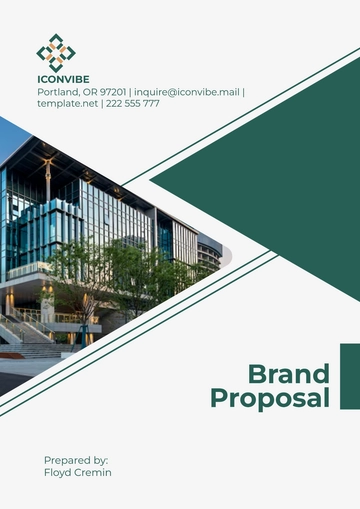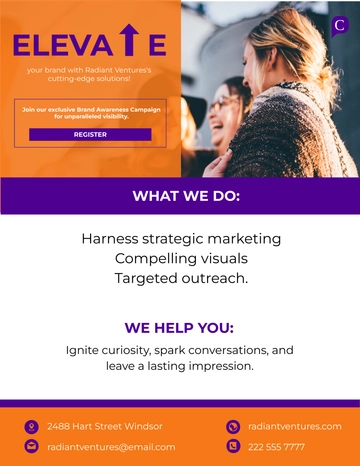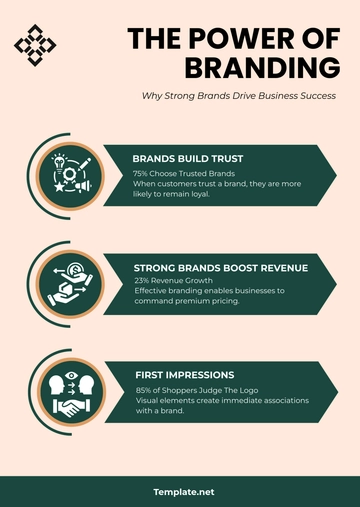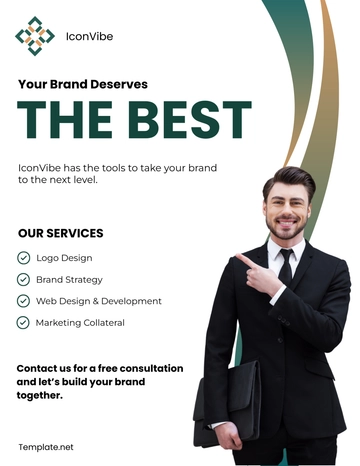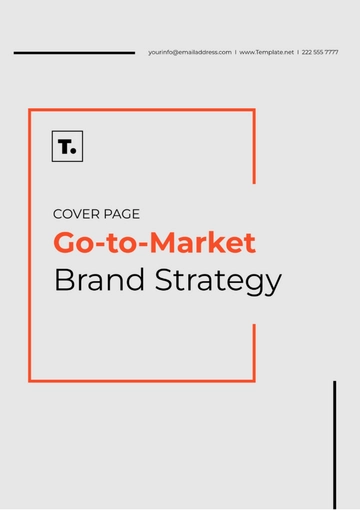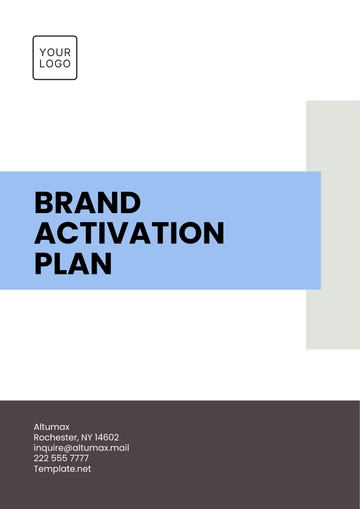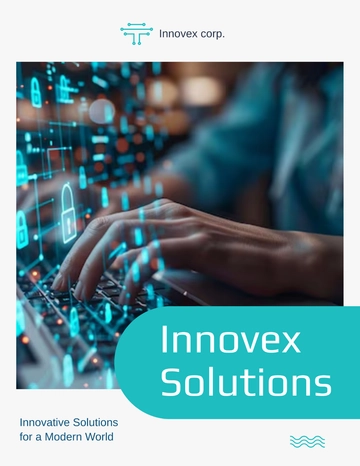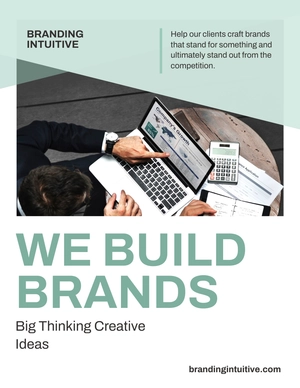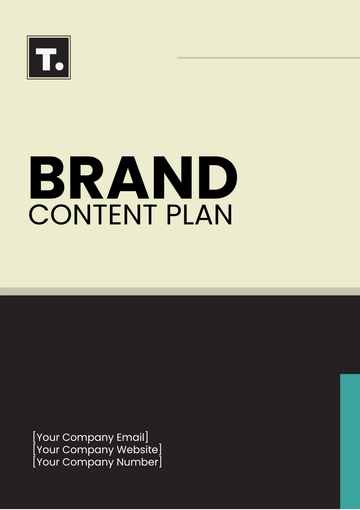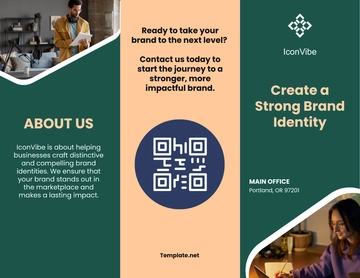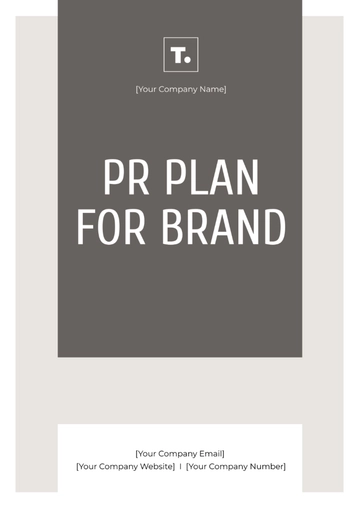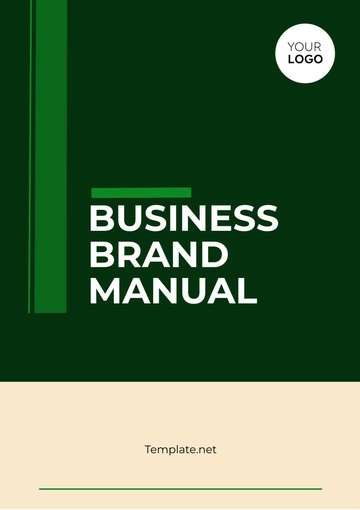Free Social Media Brand Advertising Audit Report
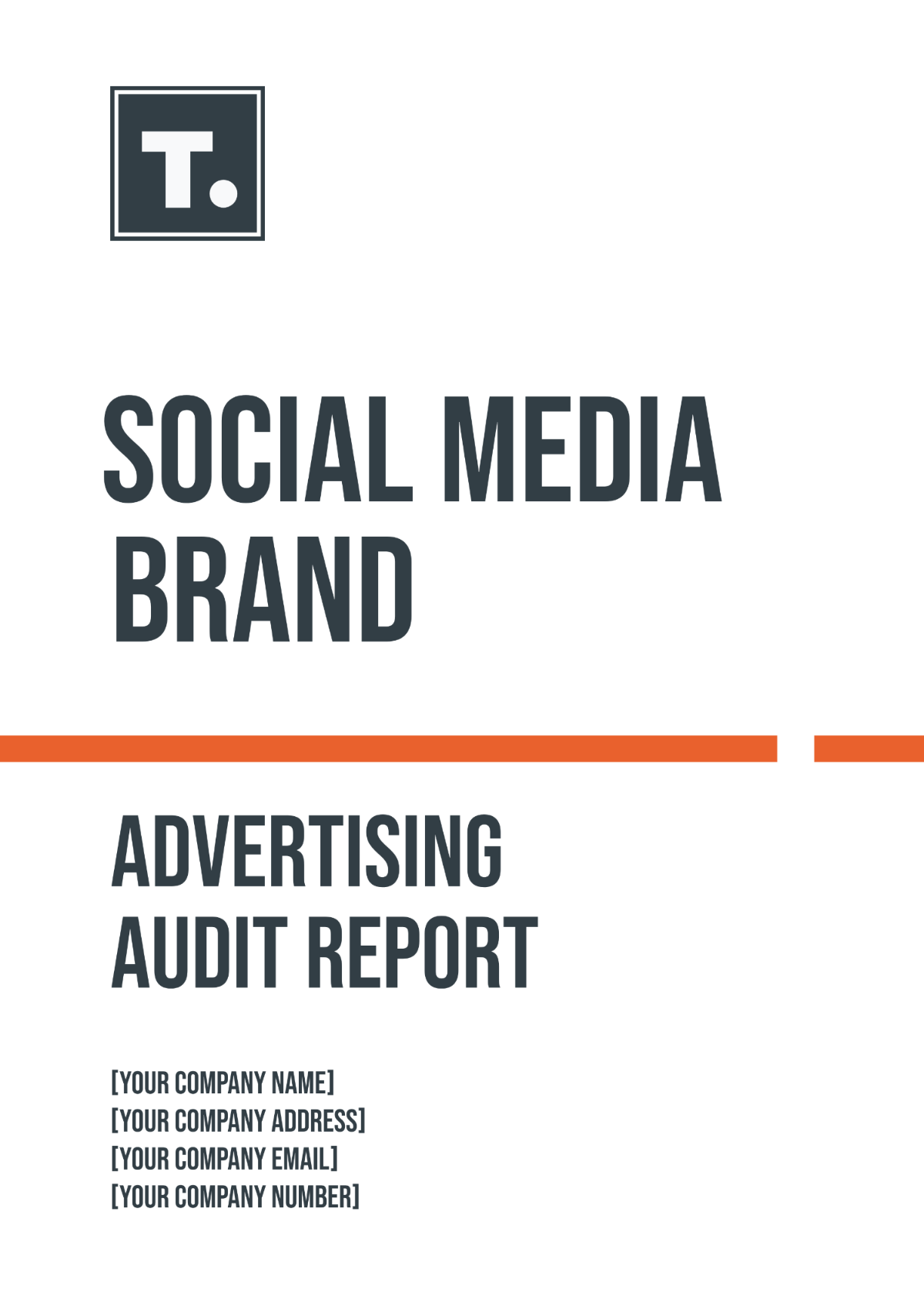
Date: 01 January 2050
Prepared by: [YOUR NAME]
I. Executive Summary
This Social Media Brand Advertising Audit Report provides a comprehensive analysis of the current state of social media marketing for [YOUR COMPANY NAME]. The purpose of this report is to evaluate the effectiveness of our social media campaigns, identify areas for improvement, and offer strategic recommendations to enhance brand visibility and engagement.
II. Audit Objectives
Assess the performance of current social media campaigns.
Identify key metrics and KPIs.
Evaluate audience engagement and reach.
Determine the ROI of social media ad spend.
III. Current Social Media Overview
A. Platforms Analyzed
Facebook
Instagram
Twitter
B. Performance Metrics
Platform | Followers | Engagement Rate | Reach | Ad Spend |
|---|---|---|---|---|
50,000 | 5% | 500,000 | $10,000 | |
30,000 | 7% | 300,000 | $8,000 | |
20,000 | 4% | 200,000 | $5,000 |
IV. Key Findings
Facebook has the highest reach but the lowest engagement rate.
Instagram shows the highest engagement rate but less reach compared to Facebook.
Twitter ad spending needs optimization to improve ROI.
V. Recommendations
A. Content Strategy
Focus on creating more engaging content for Facebook to boost the engagement rate.
Leverage Instagram Stories and Reels to maximize engagement.
Implement a more targeted ad spend strategy on Twitter.
B. Ad Spend Allocation
Reallocate a percentage of the Facebook ad budget to Instagram.
Invest in influencer partnerships on platforms with higher engagement rates.
Use A/B testing to optimize ad performance continuously.
VI. Conclusion
The audit reveals that while [YOUR COMPANY NAME] has a strong presence on multiple social media platforms, there are opportunities to optimize engagement and ROI. Strategic adjustments to content and ad spending can significantly enhance the effectiveness of our social media brand advertising efforts.
For further details or inquiries, please contact [YOUR NAME] at [YOUR EMAIL].
- 100% Customizable, free editor
- Access 1 Million+ Templates, photo’s & graphics
- Download or share as a template
- Click and replace photos, graphics, text, backgrounds
- Resize, crop, AI write & more
- Access advanced editor
Boost your social media presence with the Social Media Brand Advertising Audit Report Template from Template.net. This template is editable in our intuitive Ai Editor Tool, offering customizable sections for your social media audit needs. Analyze your brand's social media performance and enhance your advertising strategies with this customizable template.

